探讨锂电池包质量检测的方法及其优劣势
作为电动汽车、手机等电子产品中广泛使用的能量储存装置,锂电池包的质量直接关系到产品的安全性和性能稳定性。本文将介绍几种常见的锂电池包质量检测方法,包括外观检查、电性能测试、安全性评估等,以帮助了解如何有效评估锂电池包的质量优劣。
一、外观检查
-
外观缺陷检测:通过目视检查锂电池包外壳、连接器、标识等部分,检查是否存在凹陷、裂纹、膨胀等缺陷,判断外观质量。
-
尺寸测量:使用尺规等工具对锂电池包的尺寸进行测量,包括长度、宽度、厚度等,判断是否符合设计要求。
-
包装完整性检查:检查锂电池包的包装是否完好无损,是否存在破损或漏气等情况,确保包装完整性。
二、电性能测试
-
容量测试:通过充放电测试仪对锂电池包进行容量测试,评估电池的储能能力,判断电池是否符合规定的容量要求。
-
循环寿命测试:进行循环充放电测试,模拟电池在使用过程中的充放电循环,评估电池的循环寿命和稳定性。
-
电压、电流测试:通过多功能测试仪测量锂电池包的电压、电流等参数,检查电池是否正常工作,是否存在异常情况。
三、安全性评估
-
过充过放测试:通过充放电测试,检测锂电池包在过充、过放等极端情况下的安全性能,评估电池的过充过放保护功能是否有效。
-
温度测试:在不同温度条件下对电池进行测试,检查电池在高温、低温环境下的性能表现,评估其热稳定性和安全性。
-
短路测试:进行短路测试,检测电池在短路情况下的响应速度和安全性能,确保电池具备短路保护功能。
四、优劣势分析
-
外观检查:简单直观,能够快速发现外观缺陷,但无法全面评估电池内部性能。
-
电性能测试:能够量化评估电池的容量、循环寿命等参数,对电池性能进行较为全面的评估,但需要专业测试设备。
-
安全性评估:重点评估电池在极端情况下的安全性能,能够及时发现潜在的安全隐患,但测试过程相对复杂。
锂电池包作为电子产品中重要的能源储备装置,其质量检测至关重要。通过外观检查、电性能测试和安全性评估等多种方法,可以全面评估锂电池包的质量好坏。不同的检测方法各有优劣势,可以根据实际情况选择合适的方法或组合使用,以确保锂电池包的质量安全可靠,提高产品的性能稳定性和安全性。
 东莞聚能新能源科技有限公司
东莞聚能新能源科技有限公司
 137 5142 6524(高燕)
137 5142 6524(高燕)
 susiegao@power-ing.com
susiegao@power-ing.com
 广东省东莞市大朗镇兴辉源高新产业园
广东省东莞市大朗镇兴辉源高新产业园


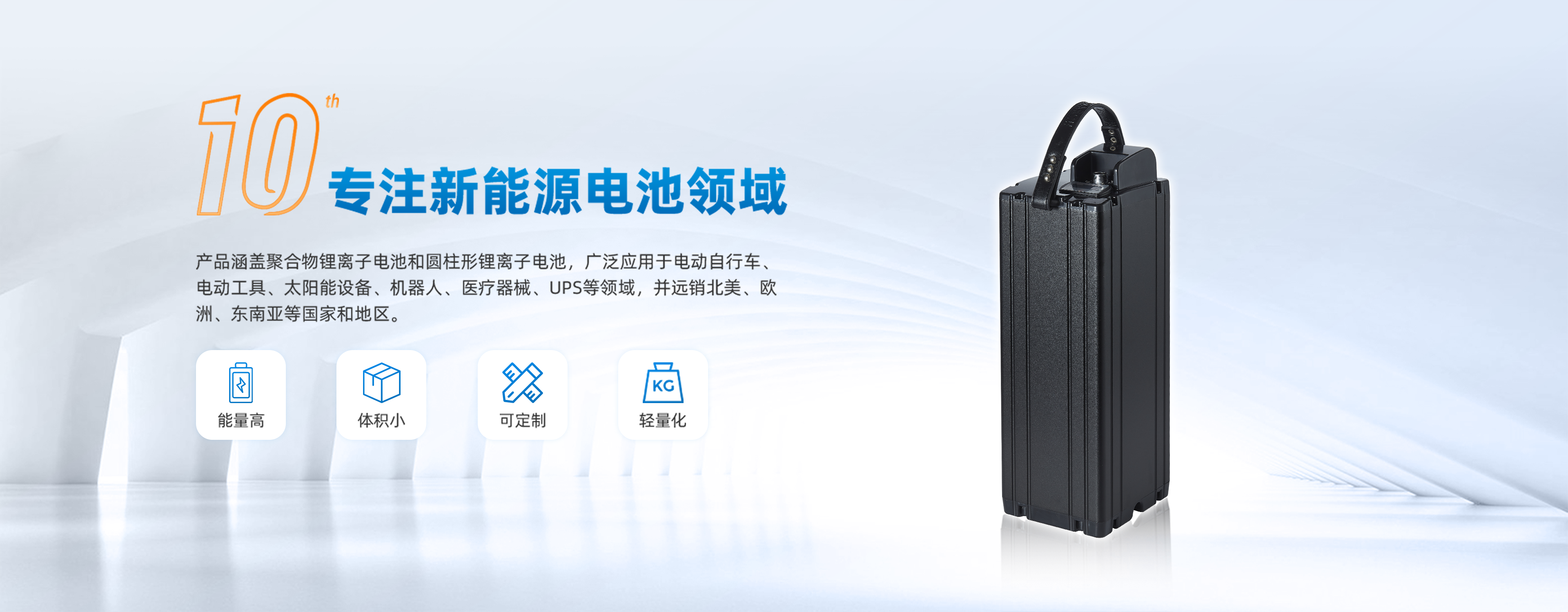
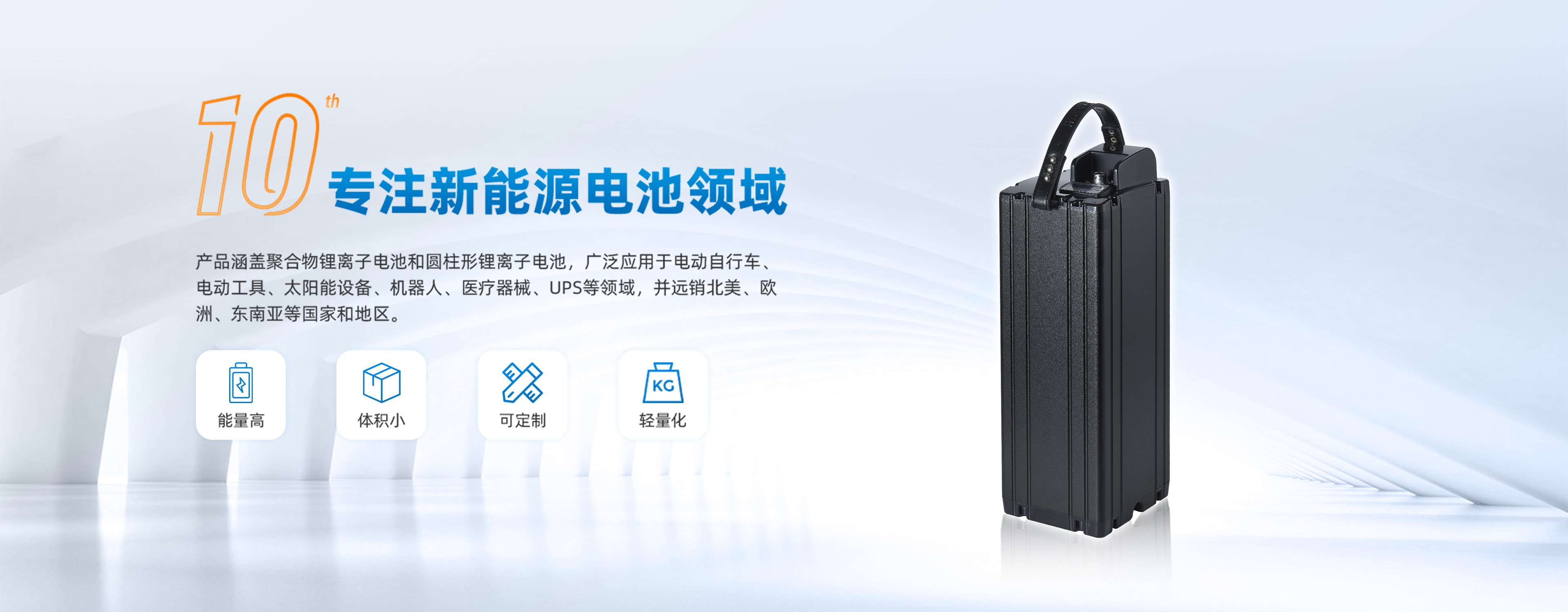
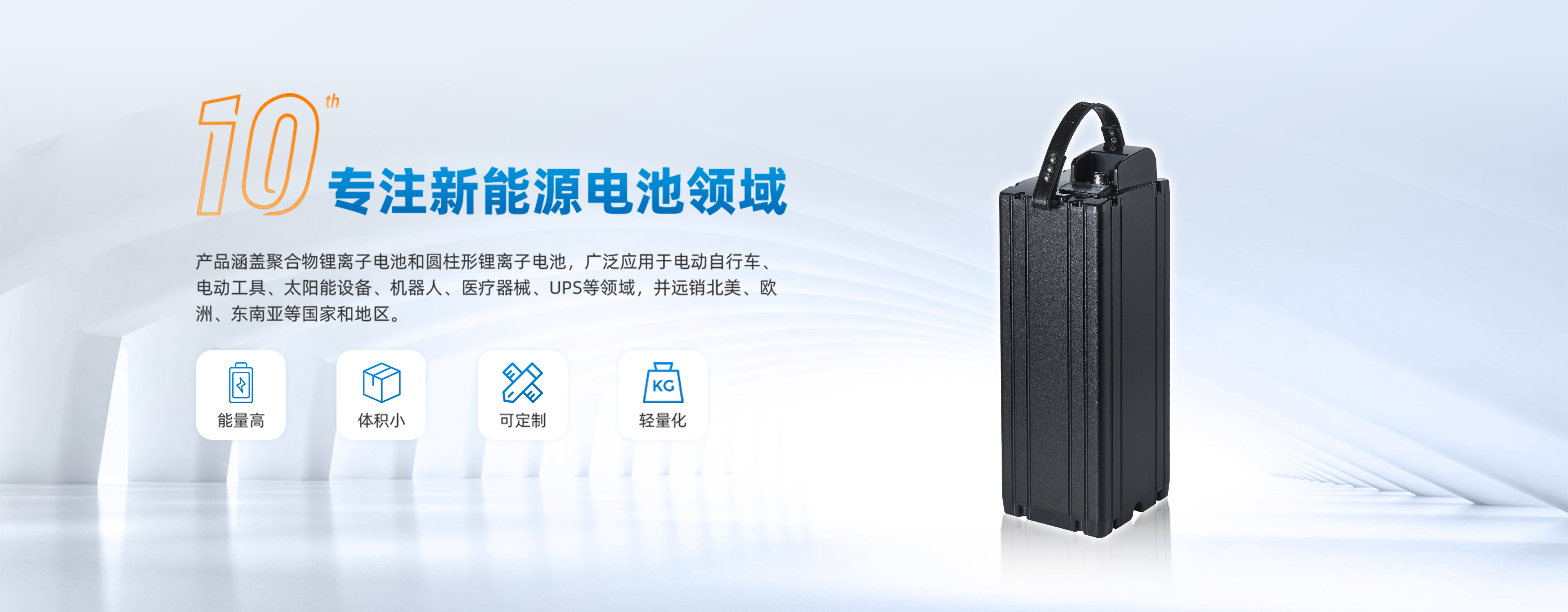



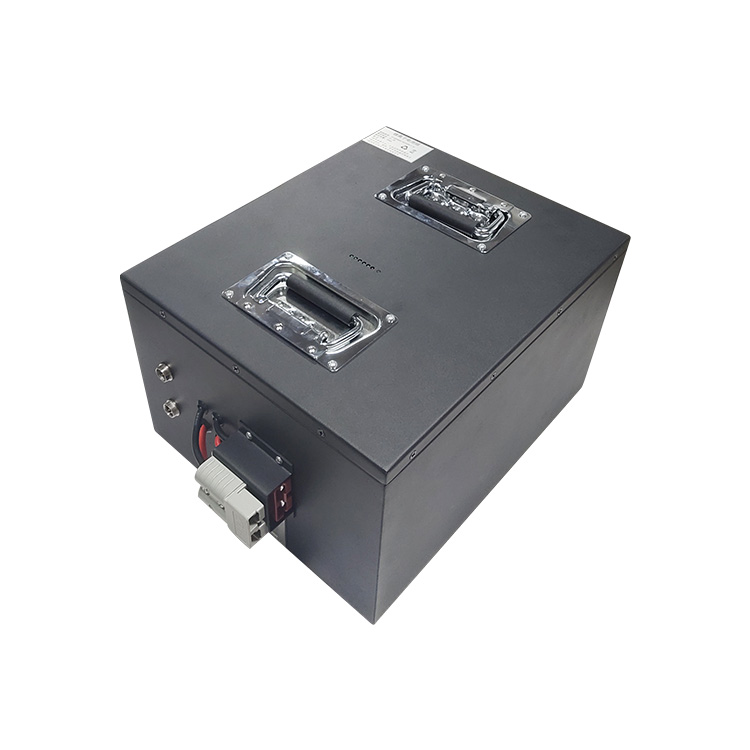


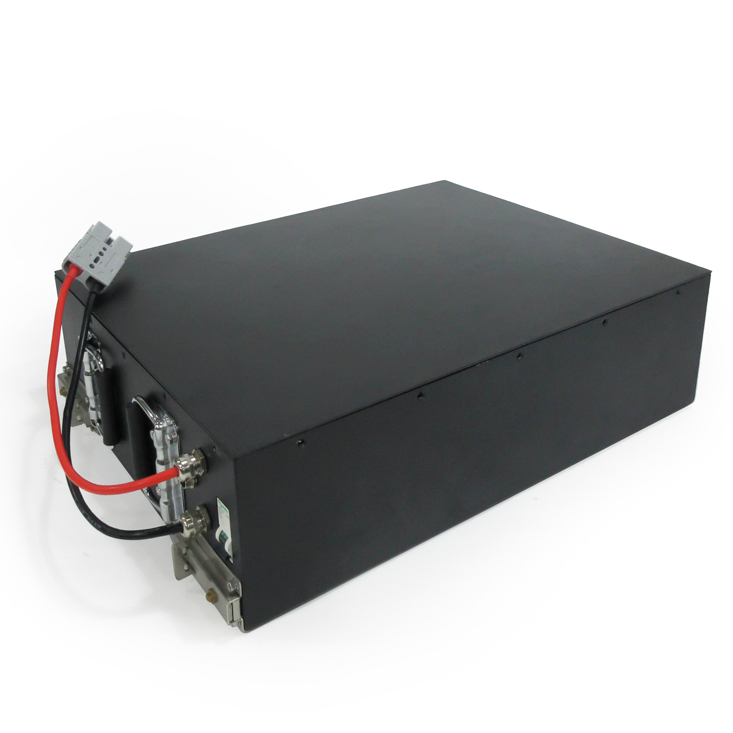

 粤公网安备 44190002007491号
粤公网安备 44190002007491号